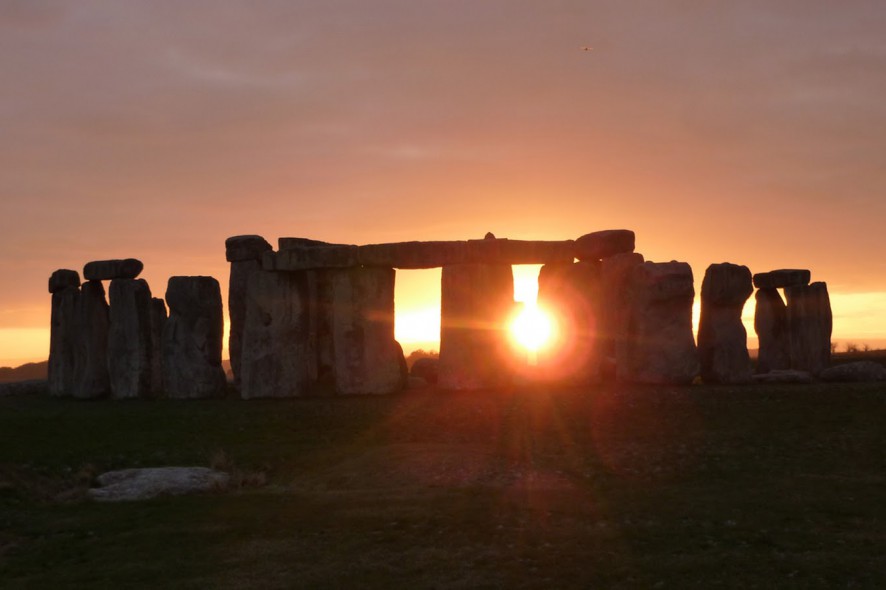Let’s open this small tribute with the influential opinion of Manuel Mazzoleni, 3bmeteo.com: “The debate about the beginning of summer between meteorologists and astrophysicists is over. At exactly 23.34 (Central European Time) on Monday June 20, the summer solstice will take place, proclaiming the beginning of the astronomical summer season. In that exact instant the sun will reach, in its ecliptic path, the highest excursion of its declination. The day will reach its longest peak and during this solar noon an observer at 45°C of latitude can see the sun reach its greatest declination (that is the angular distance from one point of the celestial sphere to the equator) and its greatest height on the horizon in addition to the shadow gnomon projected along the meridian line reaching its minimal excursion.”
To summarize, the summer solstice is the first day of summer and it is when the sun appears highest in the sky thus initiating the warm season. Now, let’s forget about the commonplace comments about the weather and the seasons that have become so unpredictable and let’s concentrate instead on the meaning of this symbolic event.
On June 21 and for some of the days which will follow, the sun will remain still (in a ‘steady state’) rising and setting at the same point. This phenomenon lasts a few days so it is not wrong to say that June 22, 23 and 24 are part of the same solstice.
To be precise, we should specify that the solstice happens six hours later every year but it is repositioned every four years thanks to the leap year which was introduced specifically to avoid this misalignment of the seasons in the calendar. That is why the astronomical solstice takes place in the boreal hemisphere on June 20 or 21 for the summer and on December 21 or 22 for winter.
This ‘still’ sun which kindly looks down on us, gives us the gift of life. Since ancient times it has been celebrated all over the world with pagan ceremonies which over the centuries were recast as Christian celebrations.
One of the most famous ceremonies is celebrated at Stonehenge by the modern communities of druids and contemporary pagans and is called ‘Midsummer’ or Midsummer’s Night as written and fostered by Shakespeare. The place, as we all know, is full of mystery and is constantly subject to diverse theories about the famous monoliths that appear to have been positioned exactly in line to capture every hour of the solstice. It is only natural to let oneself be captivated by the magic of this moment where earthly and unearthly worlds meet, where (cosmic?) energy wraps everything in a surreal dimension.
For many cultures the summer solstice represents a moment of intense belonging: ancient legends, stories handed down from the Celts which are still relived today by old and new generations that by word of mouth have handed down traditions and Irish culture over the years. Also the native Americans, are deeply connected to the heartbeat of the Earth, a true Mother that the natives celebrate with ceremonies and prayers and with Inipi sweat lodges for the purification rite. The lodge is made of wood and has a fire pit in the centre where hot stones are placed, their heat together with the prayers that are chanted during the rite purify body and soul.
The summer solstice, in our culture, is associated with the celebrations for Saint John. Farmers celebrate with bonfires on high ground as an act of purification but also as a propitiatory rite to the god of light, of life and of abundance, yet also as a ploy to keep bad spirits away.
The Rossini team loves light in every form and therefore cannot but join the celebrations for the light solstice certain that it will start the summer season full of blue skies, starry moonlit nights and if there are some fireflies, then the magic will be complete.

 English
English Italiano
Italiano









